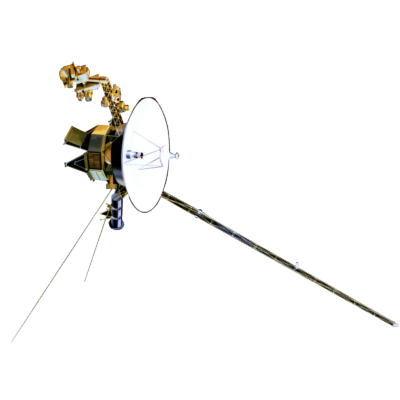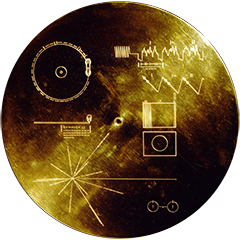VOYAGER
Voyager LECP Data Analysis Handbook
Instrument Modeling Reports
by Sheela Shodhan
References
- Armstrong, T. P., Private communication.
- Kohlhase, C. E., and Penzo, P. A., Space Science Reviews, 21, 77-101, 1977.
- Krimigis, S. M., Armstrong, T. P., Axford, W. I., Bostrom, C. O., Fan, C. Y., Gloeckler, G., and Lanzerotti, L. J., Space Science Reviews, 21, 329-354, 1977.
- Reitz, J. R., Milford, F. J., and Christy, R. W., Foundations of Electromagnetic Theory, Addison-Wesley Publishing Company, third edition, 1980.
- Wu, Y., Nuclear Instruments and Methods in Physics Research, A265, 561-573, 1988.
Return to thesis table of contents.
Return to Voyager
LECP Data Analysis Handbook Table of Contents.
Return to Fundamental
Technologies Home Page.
Updated 8/9/19, Cameron Crane
VOYAGER 1 ELAPSED TIME
--:--:--:--
Days: Hours:
Minutes: Seconds
*Since official launch
September 5, 1977, 12:56:00:00 UTC
*Since official launch
September 5, 1977, 12:56:00:00 UTC
VOYAGER 2 ELAPSED TIME
--:--:--:--
Days: Hours:
Minutes: Seconds
*Since official launch
August 20, 1977, 14:29:00:00 UTC
*Since official launch
August 20, 1977, 14:29:00:00 UTC
QUICK FACTS
Manufacturer:
Voyagers 1 and 2 were built in the Jet Propulsion
Laboratory in Southern California.
Mission Duration: 40+ years have elapsed for both Voyager 1 and Voyager 2 (both are ongoing).
Destination: Their original destinations were Saturn and Jupiter. Their current destination is interstellar space.
Mission Duration: 40+ years have elapsed for both Voyager 1 and Voyager 2 (both are ongoing).
Destination: Their original destinations were Saturn and Jupiter. Their current destination is interstellar space.



